The History Of Modern Computing Part 2
Tim Berners-Lee Invents the World Wide Web - 1990
Tim Berners-Lee was working at the CERN research lab when he developed HTML (HyperText Markup Language). HTML allowed the internet to expand into the World Wide Web using another thing he invented the URL and HTTP. The ability to have a computer use these protocols to have a browser visit a website has impacted the world and launched the Information Age.
Later, Tim Berners-Lee successfully sets up the first web server at info.cern.ch on December 25, 1990. Therefore giving People the gift of looking at cat pictures and have arguments with strangers all day.
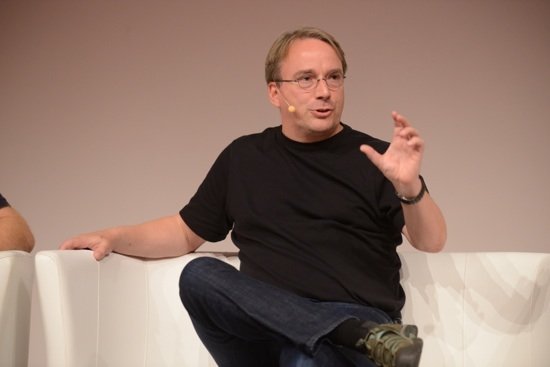
Linus Torvalds Releases Linux - 1991
Designed by Finnish university student Linus Torvalds, Linux was released to several Usenet newsgroups on September 17th, 1991. Immediately GNU enthusiasts began improving and developing Linux to increase stability and driver support for peripherals.
In 1992 Linux became the first open source operating system available and has become widely used all over the world. I love Linux and I've only been using it for personally for a little over a month now.

Marc Andreessen Creates Mosiac - 1992
Marc Andreessen is a 21 year-old undergraduate and part-time assistant at the NCSA when he comes up with the idea of a graphical internet browser. He believed that having a more convenient way of using the internet was needed and I guess you could say he was right.
He and his buddy Eric Bina worked together to create the Mosiac browser and helped launch the internet boom of the 90's. The beauty of Mosiac is the simplicity of it, so that even a novice could install and launch the program, get to the internet, and see what CERN had to say that day. The program showed images embedded in the text without having to open another window and had a revolutionary 'What's New' page with links to brand new websites.
Marc Andresseen launched Netscape in 1994.
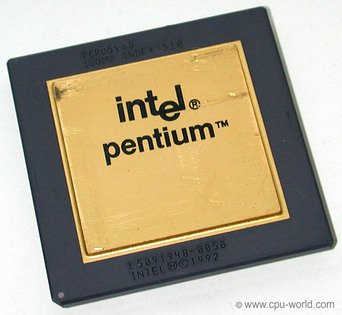
Intel Releases Pentium Microprocessor - 1993
The Pentium is the 5th generation of x86 processors from Intel and is the basis of IBM, Compaq, and HP for years to come. Pentiums had some major advances in computing such as being able to execute several instructions at once while supporting graphics and sound.
It's a direct descendant of the 486 processors but included a faster float point unit, wider data buses, separate caches for code and data (which was an industry first). It also had the able to reduce address latency which means it was able to recall data from RAM faster.
The Pentium is still being produced today, Intel Pentium G4600
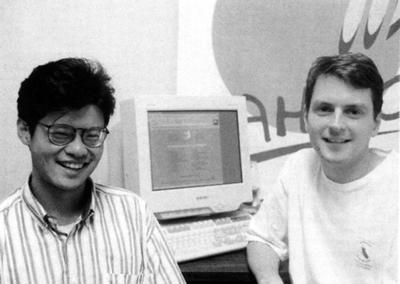
Yahoo! is Founded - 1994
David Filo and Jerry Yang were both graduate students at Standford when they founded Yahoo! (which was originally called Jerry's Guide to the World Wide Web). It was originally only on two servers but quickly became the most popular search engine on the internet.
Yahoo! was the first service to provide users with a comprehensive guide to different websites on the internet including a search function. It had a million hits by the end of the year.
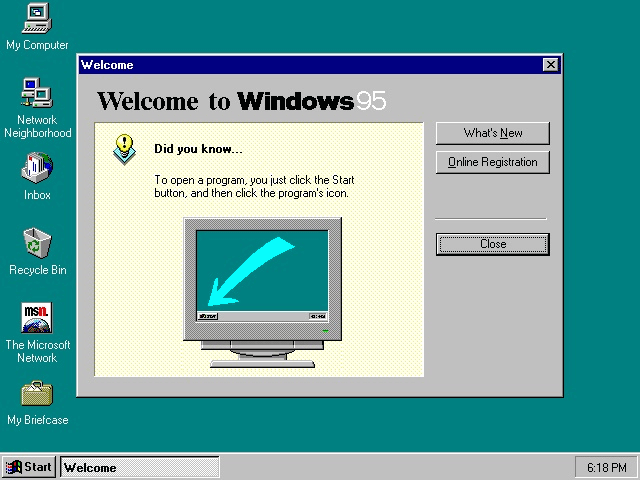
Microsoft Releases Windows 95 - 1995
With a massive marketing campaign (anyone remember the Rolling Stone commercial?), Win95 launched in August 24, 1995 in within 72 hours sold more than a million copies. It introduced features that are still used in modern Windows iterations such as the taskbar, Start button, and Windows Explorer. It was the fastest selling operating system to date and drive other competitors out of business or were acquired by Microsoft which led to the monopoly suit in the late 90s.
Windows 95 was a quantum leap in terms of what the end user could do on their computer. With the introduction of Internet Explorer anyone could access the internet if they had a connection.
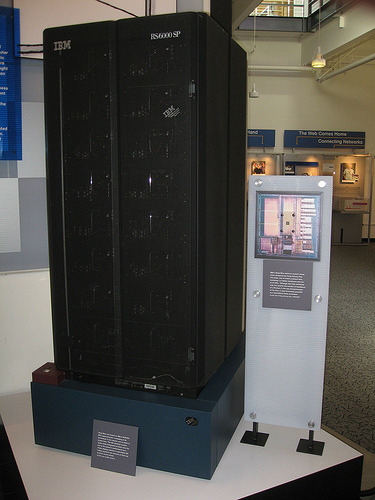
Deep Blue Wins At Chess - 1996
Deep Blue was built by IBM and became the first computer to win a chess game against world champion Garry Kasparov. So marked the rise of the machines, hail Skynet.
The system was build for outrageous computing power. I was a super-parallel system with 30 nodes running a 120Mhz processor, while supported with 480 specially designed chips that computed chess algorithms. It's chess program was written in C and ran on the AIX operating system.
In 1997 Deep Blue was listed as the 259th most powerful supercomputer achieving 11.38GFLOPS while using the LINPACK benchmark.

Wi-Fi Is Introduced - 1997
The IEEE 802.11 is a standard introduced in June 1997 used for wireless Ethernet networks.
I mean come on. I don't really have to go into to much detail here but it originally on had ran on the 2.4Ghz frequency, had a 22Mhz bandwidth, and could only move 2 Mbit/s.
ASCI Red Goes TFLOP - 1997/1998
ASCI Red was built by Intel and installed at Sandia National Laboratories in late 1996. It was design for all out speed specifically designed to hit the TFLOP mark, which had never been done before. In November of 1997 it achieved a LINPACK Peak of 1.338 TFLOPS and had a theoretical 1.8304 TFLOPS. It remained the fastest computer in the world until late 2000.
It was used by the United States government until 2005 with the Department of Energy for helping with nuclear computations. It took up over 1500sqft of space and used 104 cabinets. 76 were processors, 8 were switches, and 20 were disks. It had a total of 1212GB of RAM, 9298 separate processors (Originally Pentium Pros but later Xeon's) and over 10Gbps of bandwidth.
It was decommissioned in 2006.
nVidia Releases First Dedicated GPU - 1999
nVidia has a press release in August of 1999 to announce their new Graphic Processing Unit, the GeForce 256. nVidia coined the term GPU as "a single-chip processor with integrated transform, lighting, triangle setup/clipping, and rendering engines that is capable of processing a minimum of 10 million polygons per second." A direct quote from the press release that is still on the website.
Graphics processors today are some of the most powerful tools you can buy for your computer. They are a huge market and are constantly evolving. The GeForce 256 was the first dedicated GPU and for that it deserves homage.
AMD and Intel Go 1GHz - 2000
Within days of each other AMD and Intel both released processors that clocked over 1GHz. AMD with their Athlon line and Intel with their Pentium III's. And the speed wars began.
At the time this was the PINNACLE of consumer processing power. Here's the catch though, sure AMD came out with the first 1GHz CPU everyone knows that, but Intel's was faster because it had more L2 cache with higher frequencies.